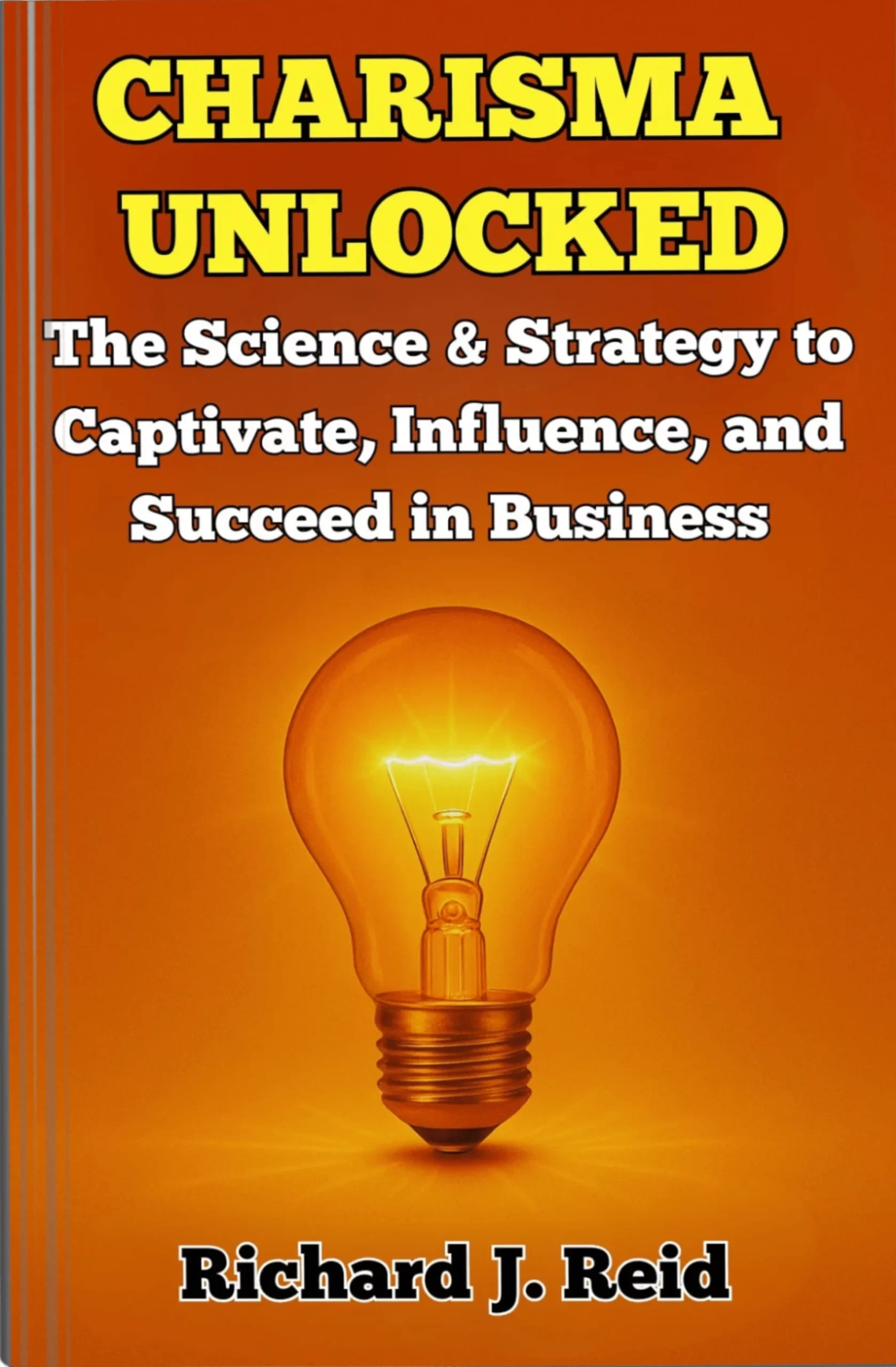Executive Summary
The transformation of traditional working models in the UK legal profession—accelerated by the Covid-19 pandemic and evolving client demands—has brought work-life integration to the forefront. While flexible working promises greater lawyer wellbeing, true success depends on evidence-based policies, psychological boundaries, and sustained cultural change within law firms. This whitepaper reviews current research, cross-firm benchmarking, and practical frameworks for supporting work-life integration in today’s legal environment.
Introduction
The UK legal profession has undergone profound changes in its approach to flexible working, especially since 2023. While work-life “balance” is a familiar term, legal practitioners increasingly require “integration”—a seamless blending of professional and personal domains made possible by technology and new norms.
Yet, the risks of blurred boundaries, overwork, and burnout remain. To thrive, legal professionals and their firms must adopt evidence-based, holistic approaches to work-life integration.
“The challenge is not just remote working, but sustaining boundaries and preventing burnout in a profession that never truly switches off.”
—Managing Partner, UK Regional Firm
Research: Flexible Working Models in the UK Legal Sector
According to the Solicitors Regulation Authority 2024 Report:
- 83% of UK law firms now offer some form of flexible working.
- Hybrid models (combining office and remote work) are adopted by 64% of Magic Circle and Silver Circle firms.
- Productivity remains the top concern for partners, but wellbeing is now rated as a priority by 72% of surveyed firms.
The Law Society reports that work-life integration is now a key factor in talent retention and client delivery.
Psychological Frameworks for Boundary-Setting
The Science of Boundaries
Work-life integration does not mean “always available.” Effective strategies draw from occupational psychology to help lawyers set healthy boundaries:
- Detachment-Recovery Model: Scheduled psychological detachment from work is linked to higher job satisfaction and lower exhaustion (Journal of Occupational Health Psychology, 2023).
- Segmentation–Integration Preferences: Understanding individual and firm-wide preferences enables more effective policy design.
Actionable Steps:
- Encourage “digital curfews” and protected off-hours.
- Train supervisors to respect and model healthy boundaries.
Comparative Analysis: Work-Life Policies Across Firm Types
Magic Circle Firms
- Standard flexible policies; expected in large commercial practices.
- Advanced use of “agile working teams” and digital collaboration tools.
- Example: Allen & Overy’s Flexible Working Policy
Silver Circle Firms
- Emphasis on work-from-home infrastructure.
- Some structured “protected hours”—for instance, Morrisons Solicitors’ “No Emails After 7pm” rule.
Regional Firms
- Often pioneer four-day weeks or core-hours models for junior staff (e.g., Weightmans Agile Working).
Benchmarking
| Firm Type | Flexible Working (%) | Protected Hours | Remote Days/Week (Avg) |
| Magic Circle | 99 | Pilot policies | 2.5 |
| Silver Circle | 89 | Firm-wide | 3 |
| Regional | 79 | Team/individual | 3.5 |
Source: Law Society, 2024 & SRA 2024 Report
Technology Solutions for Healthier Work-Life Integration
Workflow Automation & Communication
- AI tools streamline administrative processes, freeing time for professional and personal interests (LawtechUK).
- Internal messaging rules minimise out-of-hours interruptions—use tools like Slack “Do Not Disturb,” Microsoft Teams Quiet Hours.
Digital Wellbeing
- Apps to monitor screen time, prompt digital breaks, and schedule mental health check-ins (Mindfulness Apps).
- Scheduled “deep work” windows in shared calendars to protect concentration and recovery periods.
Cultural Change: Implementation Blueprint
1. Leadership Commitment
- Visible support from partners is essential.
- Training for line managers on recognising over-work and managing flexible teams.
2. Policy Co-Design
- Involve staff in developing and reviewing policies—tailor approaches for practice areas, seniority, and personal circumstances.
3. Objective Measurement
- Use anonymous staff surveys (e.g. LawCare Wellbeing Survey) to benchmark progress and adapt.
- Performance reviews to include wellbeing KPIs (not just billable hours).
4. Education and Training
- Offer CPD modules on remote working, boundary-setting, and digital wellbeing.
- Encourage peer support groups to discuss practical challenges.
5. External Guidance
- Engage with resources and toolkits from The Law Society and The SRA.
Barriers and Solutions
| Barrier | Solution |
| Stigma around flexibility | Promote case studies of successful flexible lawyers. |
| Uneven application by teams | Use firm-wide policies and regular compliance reviews. |
| Client demands for 24/7 access | Train teams to communicate clear expectations and response times. |
| Tech burnout | Digital wellbeing check-ins, team “unplug” sessions, scheduled breaks |
UK Case Studies
Shoosmiths LLP
Launched “MyTime” programme in 2024:
- Reduced unplanned absences by 18%.
- 91% of staff report higher job satisfaction.
Trowers & Hamlins
Implemented “Protected Hour” policies (“no-meeting” lunch hours, two days per month “offline”):
- Client complaints dropped.
- 14% increase in retention among senior associates.
The Future: Towards Individual-Centric Legal Working
Experts predict the most successful UK legal employers will:
- Tailor flexible arrangements to individual, team and client needs.
- Embed mental health and wellbeing into partnership agendas (Thomson Reuters UK Legal Market Report 2024).
Further Resources
- LawCare: Flexible Working in Law
- The Law Society: Work-Life Balance
- Solicitors Regulation Authority: Wellbeing Toolkit
- Mind UK: Workplace Wellbeing
- Weightmans: Agile Working
Conclusion
Work-life integration is now a strategic imperative in the UK legal profession—not just a benefit, but a benchmark for sustainable legal practice and long-term firm success. Evidence-based policies, robust leadership, and practical technology solutions combine to foster excellence, prevent burnout, and attract the very best legal talent.










